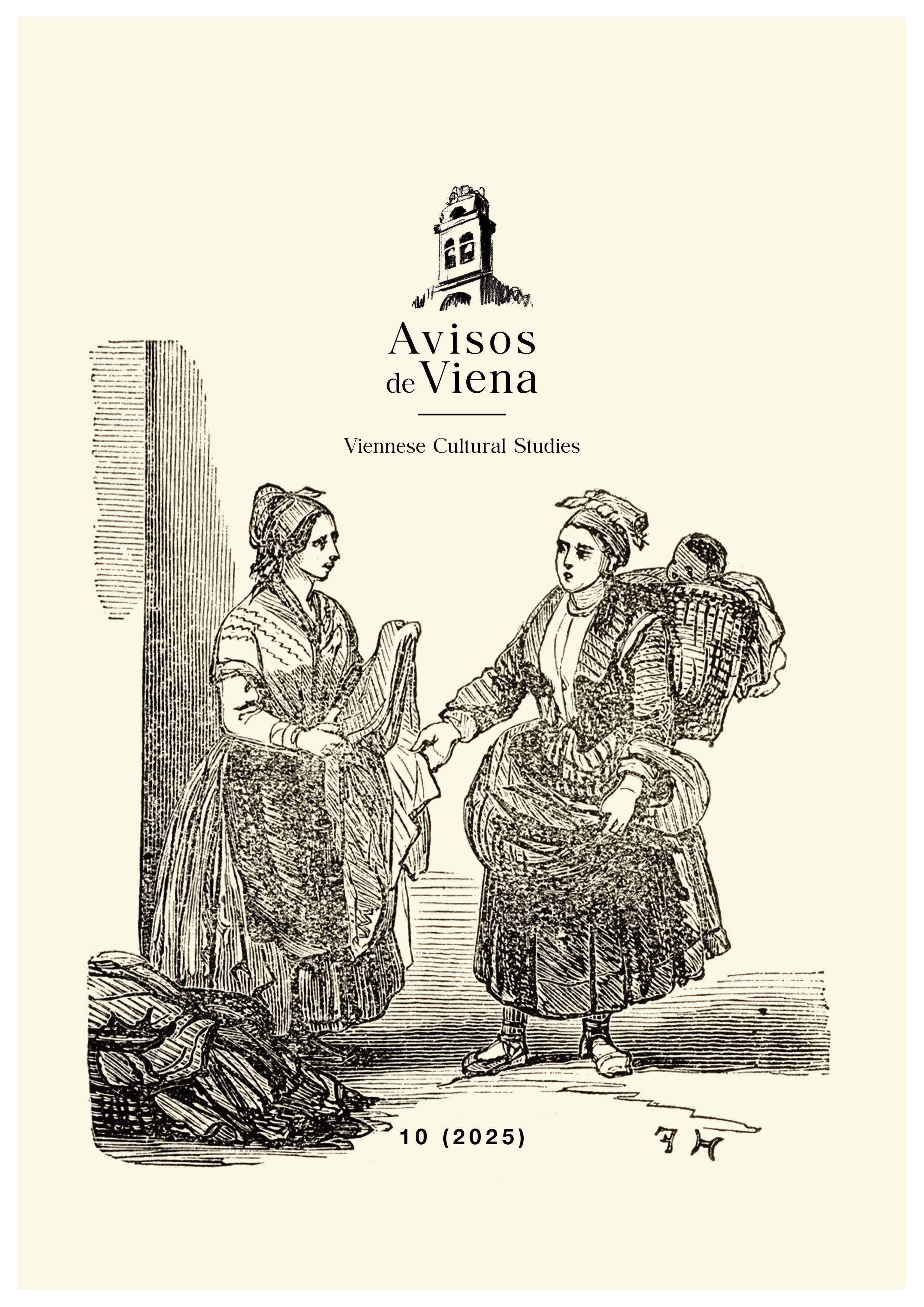Archives
-
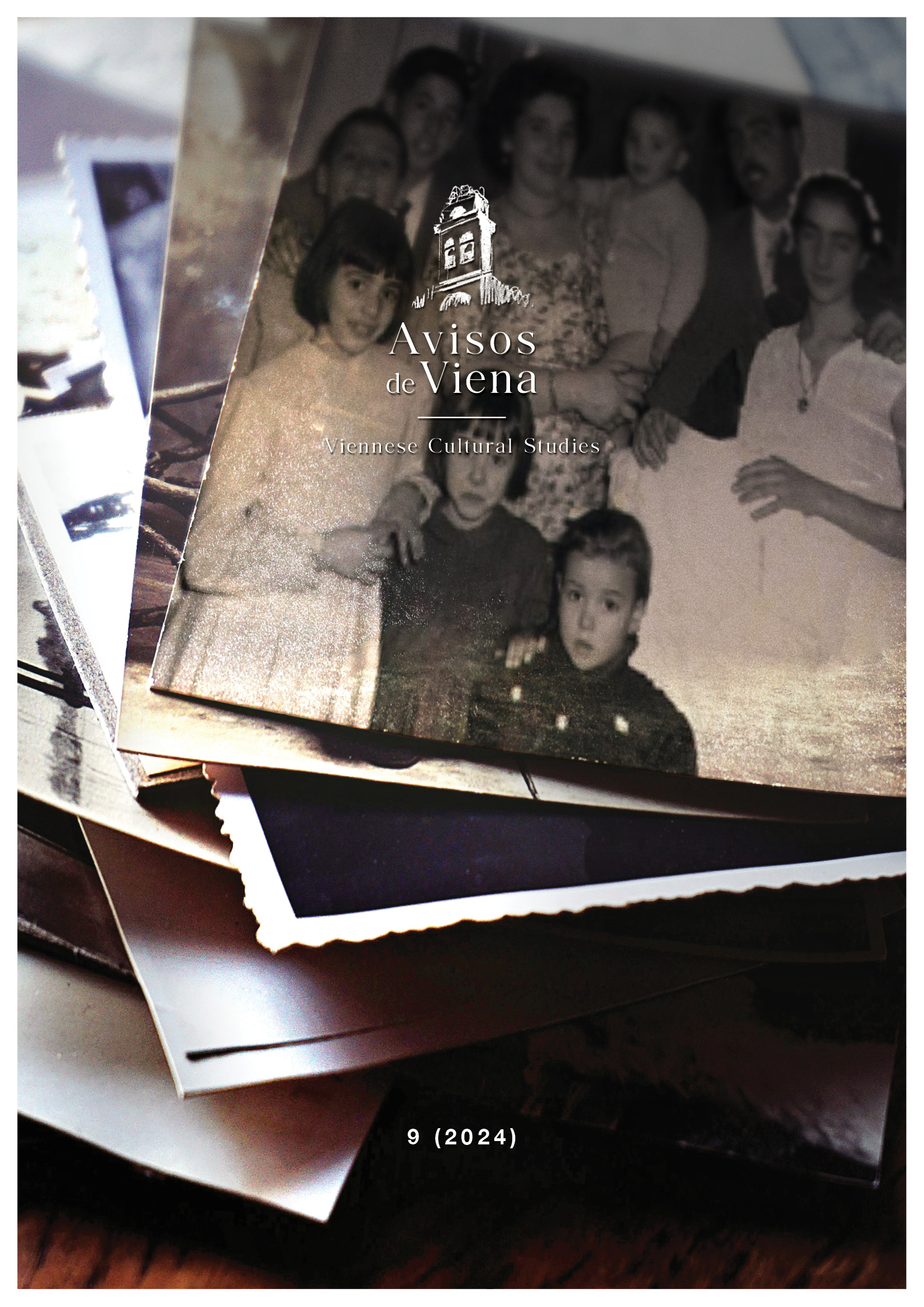
Avisos de Viena. Viennese Cultural Studies
Vol. 9 (2024)Avisos de Viena is now publishing continuously to accelerate the pace of publication. Accepted articles will be published immediately after editing and revision, while the volume will be built up continuously until the submission deadline. Enjoy!
-
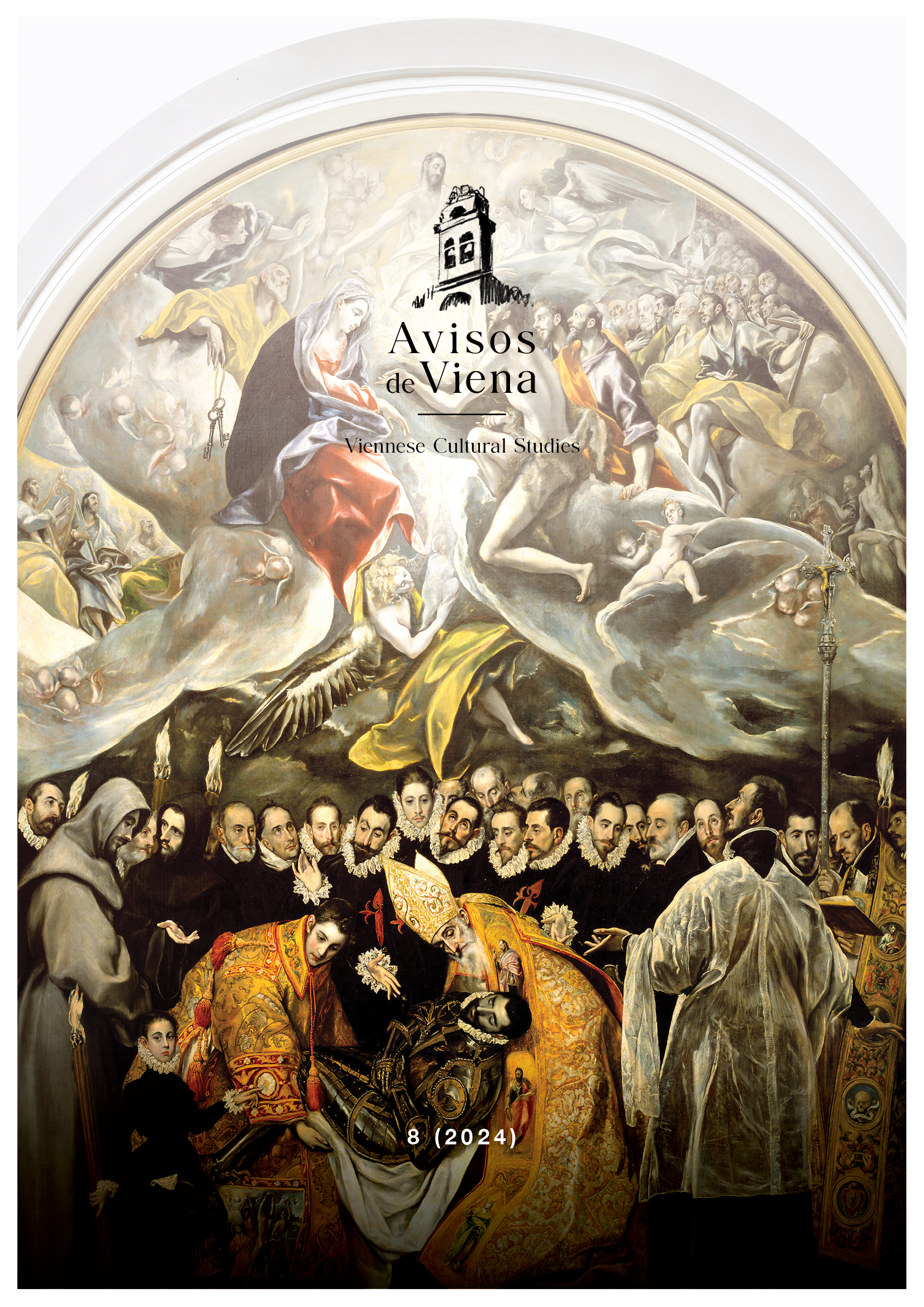
Dossier: Uterus and Beyond
Vol. 8 (2024)Monographic dossier 'The uterus and (the) beyond' by Hannah Mühlparzer
We continue with a second book-lenght article in this series of monographic issues to address the parallelisms between Baroque and Neo-Baroque literature and how they deal with birth and death.
-
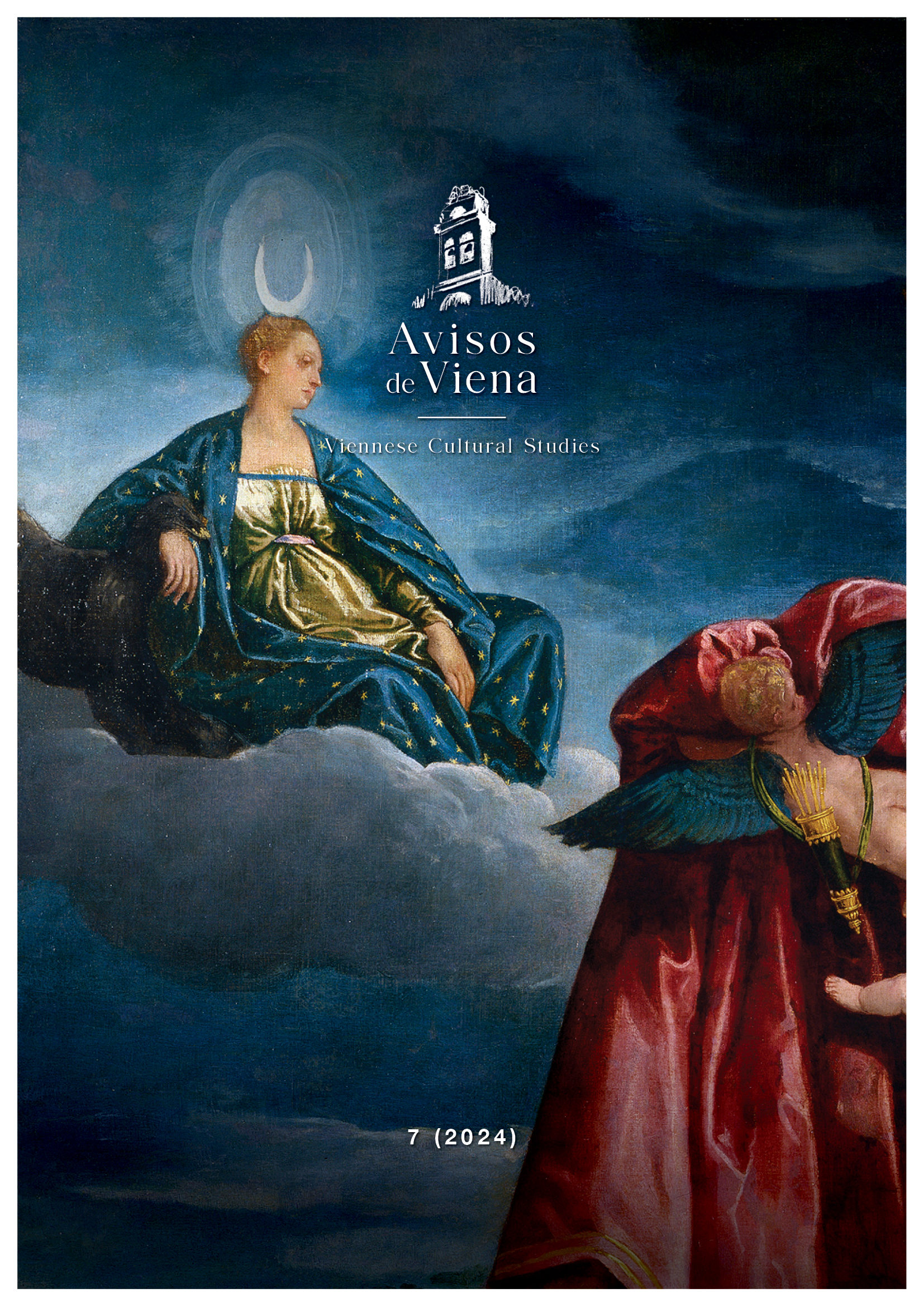
Dossier Lucina
Vol. 7 (2024)Monographic dossier 'Lucina. Göttin der Schwellen' by Hannah Fischer
The ubiquitous matters of pregnancy and birth triggered hopes and anxieties. Lucina emerges with aspects of a midwife and lunar goddess, thus representing fertility and all processes surrounding pregnancy and childbirth. Fischer sheds new light on an area of social importance beyonf femaly intimacy.
This is the first of a series of book-length studies to appear on this platform.
-
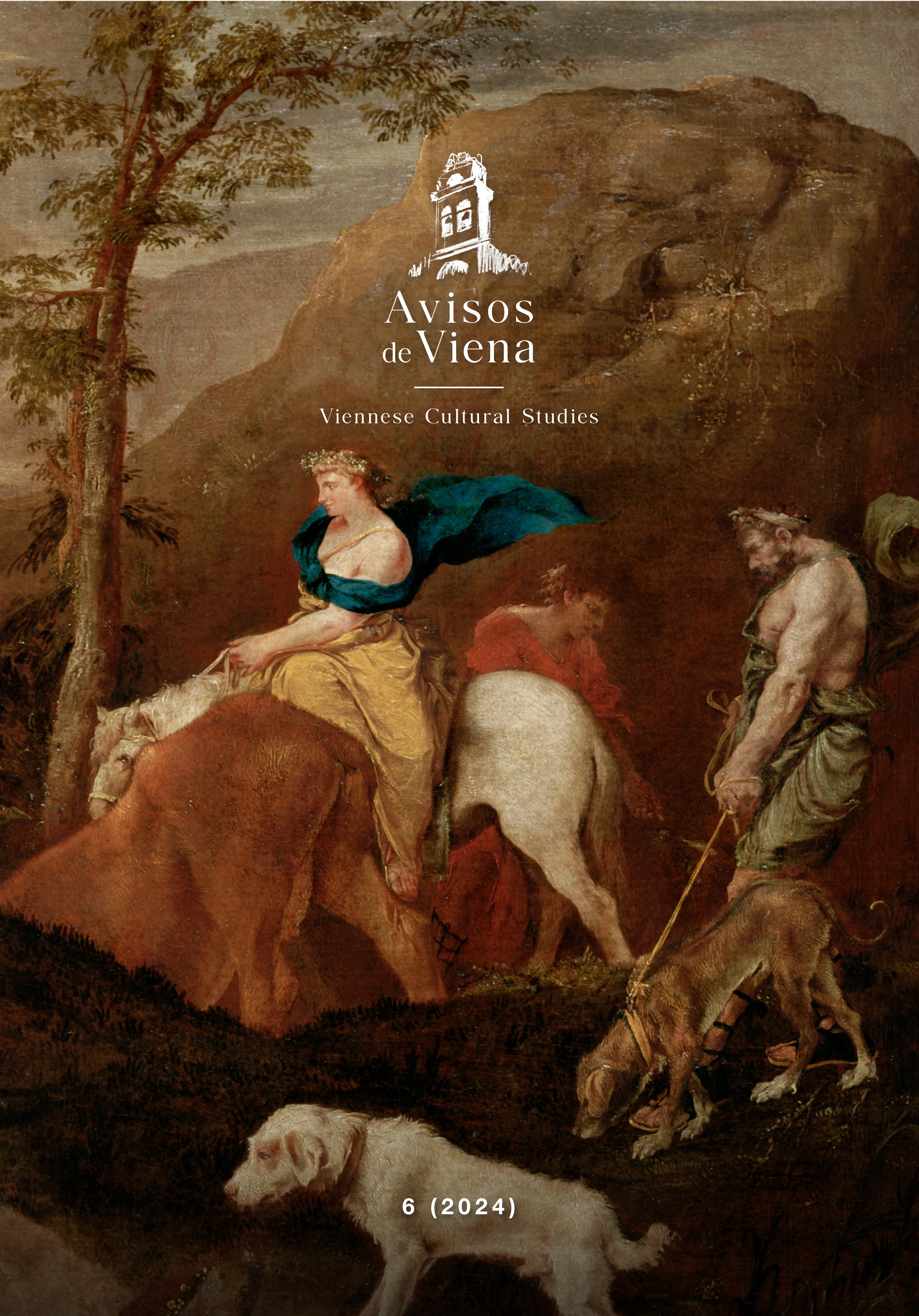
Avisos de Viena. Viennese Cultural Studies
Vol. 6 (2024)This issue covers maternal death in childbirth, aristocratic grandmothers and grandchildren, the semantics of miscarriage, and other topics in Spanish cultural history.
-
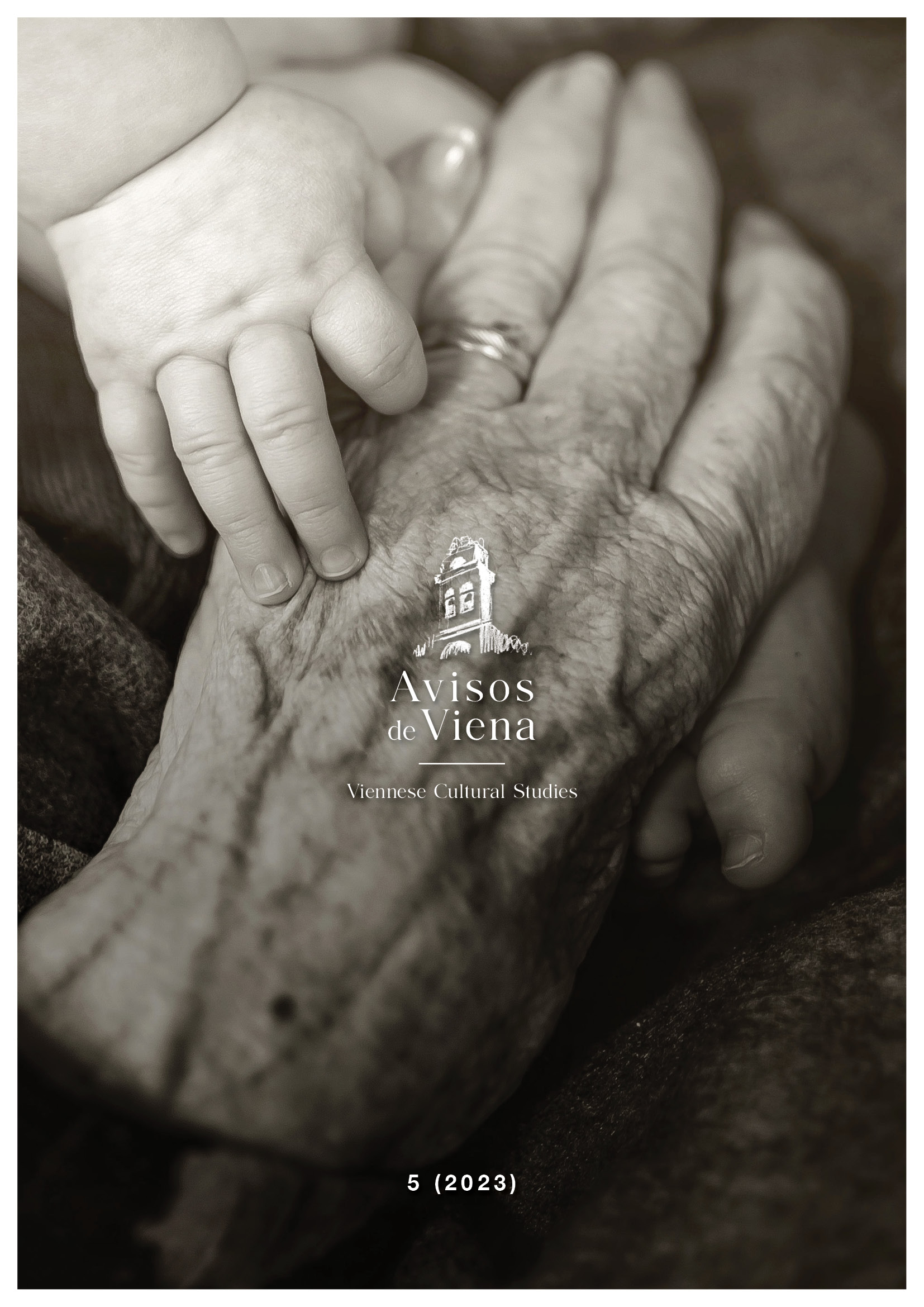
Avisos de Viena. Viennese Cultural Studies
Vol. 5 (2023)This issue is dedicated to the late Michael Mitterauer. May this 5th volume be a homage to his legacy. It offers a multidisciplinary approach to historical-cultural issues related to family, motherhood, Early Modern to Age of Revolution Spanish history and literature, and much more.
You will find what the birth of Marquis Alcañices' daughter reveals about 17th century Spain mentality and learn about Calderón's wit and metaphysics in Los empeños de un acaso (1635). There are exciting insights on birthing times in the first half of the 19th century in La Mancha and a novel approach to Cesarean section with active maternal participation. You can also discover a dramatic real-life crime in 17th-century Basque Country.
Furthermore, you can read about en caul births, abandoned children in Madrid in the mid-19th century, and some facts about the gesture known as higa.
-

Avisos de Viena. Viennese Cultural Studies
Vol. 4 (2022)The proximity of birth and death turned out to become the major topic of this issue. We offer studies on ex-votos, foundlings, foster mothers, on emergency baptism, death in childbed and grandmothers as godmothers, on the symbolism of death as birth and names inherited from defunct siblings. We deal with the medical virtues of the ruda (rue, ruta graveolens), the historical meaning of mal de madre, the creation of ethnic identity through baptism, and the letters Estefanía de Requesens wrote to her mother in her childbearing periods. Furthermore, we offer insights ew methods for the analysis of old texts, nunneries as a shelter for divorced women, and the surprising connections between Spanish medieval crosses, coats of arms and name-giving.
-
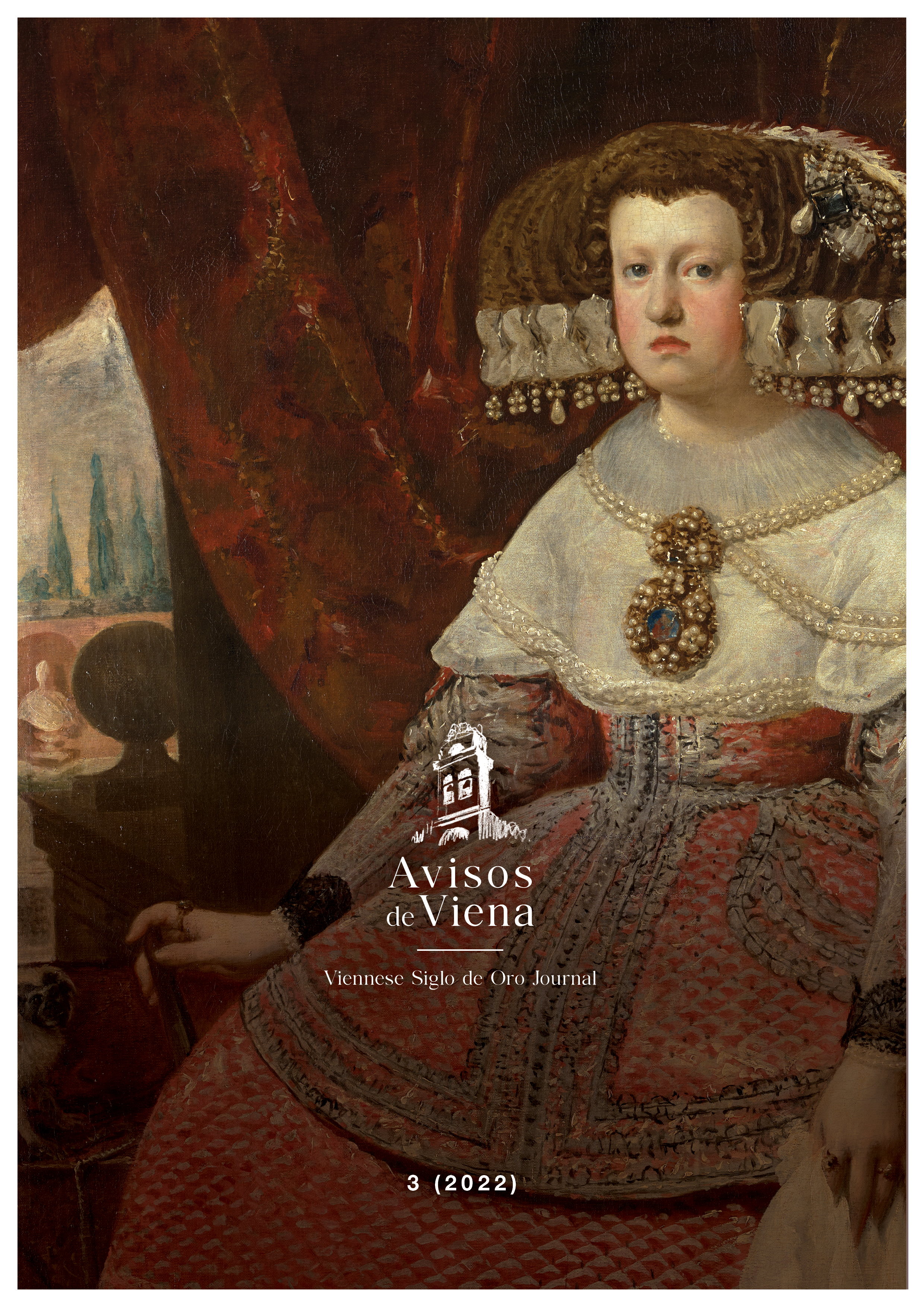
Avisos de Viena
Vol. 3 (2022)'For everything there is a season, and a time for every matter under heaven: a time to be born, and a time to die', says a well-known quote from the Book of Books.
We were shocked and deeply affected when we learned that a very valued colleague passed away this year. In honour of Don W. Cruickshank, this new issue of the Avisos de Viena is dedicated to him.
Don Cruickshank was an internationally respected expert on Calderón and on book printing in early modern Spain. But above all, he was popular, especially with many young colleagues, because he always took the time to answer everyone's questions thoroughly. More than 10 years ago, he wrote to us saying "a critical edition of El secreto a voces is badly needed", and encouraged us with these words to apply for our first research project. Even after the edition has been published, Don W. Cruickshank continued to make time for us, answering us in a friendly and highly professional manner. Looking back, he thus contributed to laying the foundations for the Viennese Siglo de Oro research group. Whether providing us with important hints on a monkey's tale in Calderón, scans and photocopies of basic text versions, or information on Calderón's life, Don W. Cruickshank's answers have enriched the research activities of the Viennese Calderonists. His sudden passing is a sad loss for us all. Let us then continue his work on Calderón and Spanish Literature and thereby commemorate his name.
Nuestras vidas son los ríos
que van a dar en la mar,
que es el morir:allí van los señoríos,
derechos a se acabar
y consumir;allí los ríos caudales,
allí los otros medianos
y más chicos;y llegados, son iguales
los que viven por sus manos
y los ricos.Simon Kroll
Vienna, 4 January 2022 -
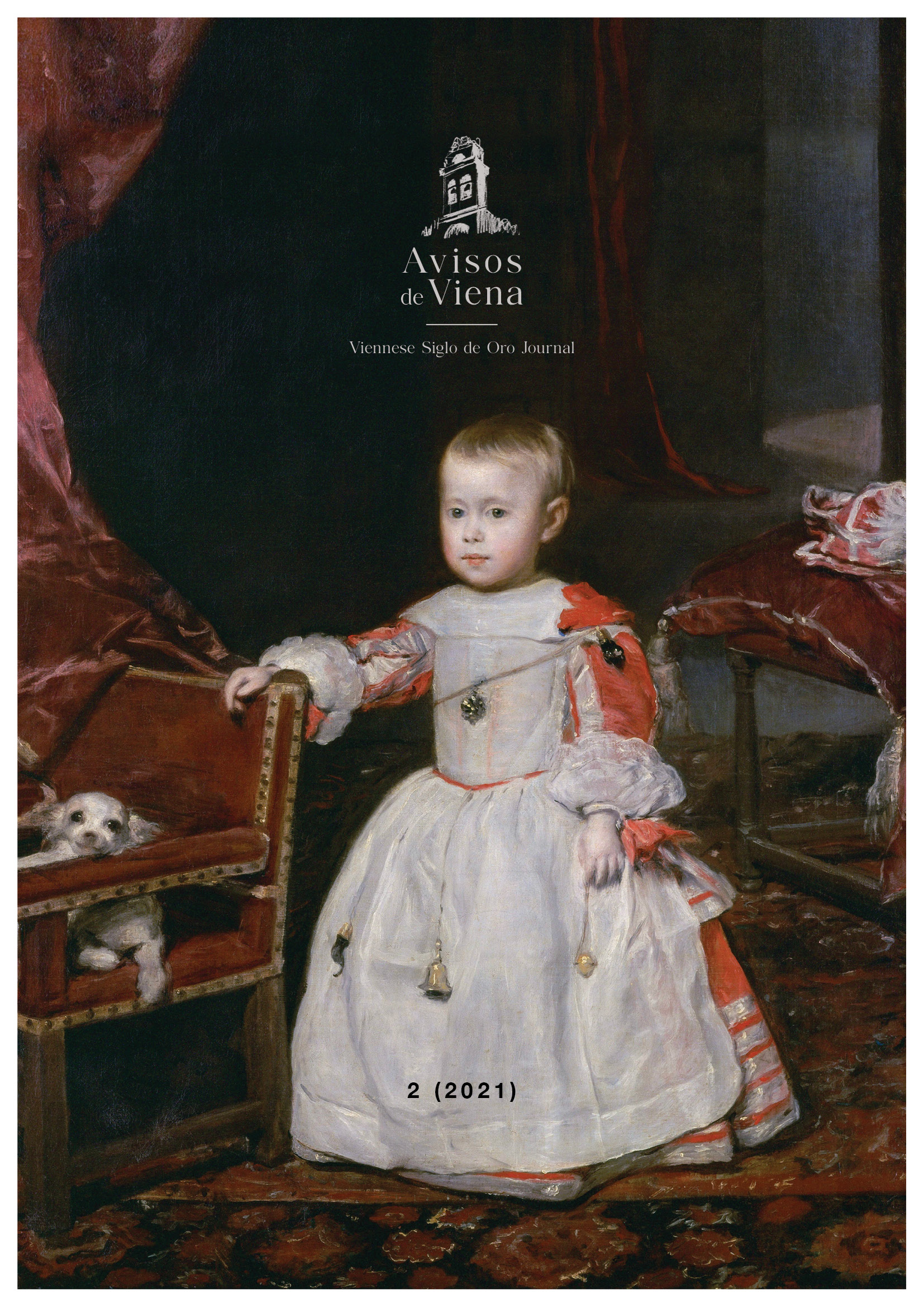
Avisos de Viena
Vol. 2 (2021)Felipe Próspero leaves a strong impression on whoever finds the Spanish room in the remoter realms of the Kunsthistorisches Museum in Vienna. Even more so when visitors contrast the endearing features of the delicate child on Velazquez’s painting with its label which informs them about the noticeably short sojourn of this Spanish prince among the living (28 November 1657 to 1 November 1661). For all its innocent charm, the foreboding sense of death might be part of the composition, depicted with a door and exit opening on the right into an unspecified space.
As we put this Aviso together, birth and early death emerged as a main topic, tackled from different angles: our authors deal with the precarious status of infants in Early Modern Europe, the pressure put on aristocratic women to outweigh the numbers of death through ceaseless fertility, the (often futile) attempts to guarantee health with the best milk fed by the most promising wet-nurses, and the support granted by grandmothers. We deal with outbursts of joy to celebrate birth (in Spain as in the Ottoman Empire) in its sharp contrast with subsequent mourning and the construction of burial monuments for deceased offspring.
Calderón de la Barca was strongly associated with the Casa de Austria and theatre performances at court, which far from indulging in superficial entertainment, time and again refer to intimate family issues. Playwrights seem eager to provide compassion and consolation for a queen like Mariana de Austria, mother of Felipe Próspero: Mariana spent the first 12 years of her marriage in an uninterrupted chain of conceptions, miscarriages, and care for sickly children who were doomed before they were born. She had to endure the death of one child, Felipe Próspero, five days before giving birth to another, the future king Charles II of Spain in November 1661 (our next issue will present unstudied documents concerning this still unexplored side of the queen’s life, and the emotions she expressed about it in her letters.).
Thus, prince Felipe Próspero also makes for a good introduction to Siglo de Oro literature and drama, the second main concern of this publication, with articles on the symbolism of light and darkness on Calderon’s stage, Sor Juana Inés de la Cruz’s vision of the love that binds Eco to Narciso, the metaphor of the viper in Calderón and Lope de Vega, as well as – introducing prose writing – literary imaginations of intrauterine voices, and a rogue’s early childhood traumas.
It is worth remembering that Fernando de Rojas’ masterpiece La Celestina, mother of Spanish Golden Age prose and theatre links gynaecological and surgical issues with the power of rhetoric unfolded by a successful procuress. Each of these aspects is dealt with in a study included in this collection of articles.
We very much hope this issue generates the same interest and kind response as its predecessor.
Wolfram Aichinger
-
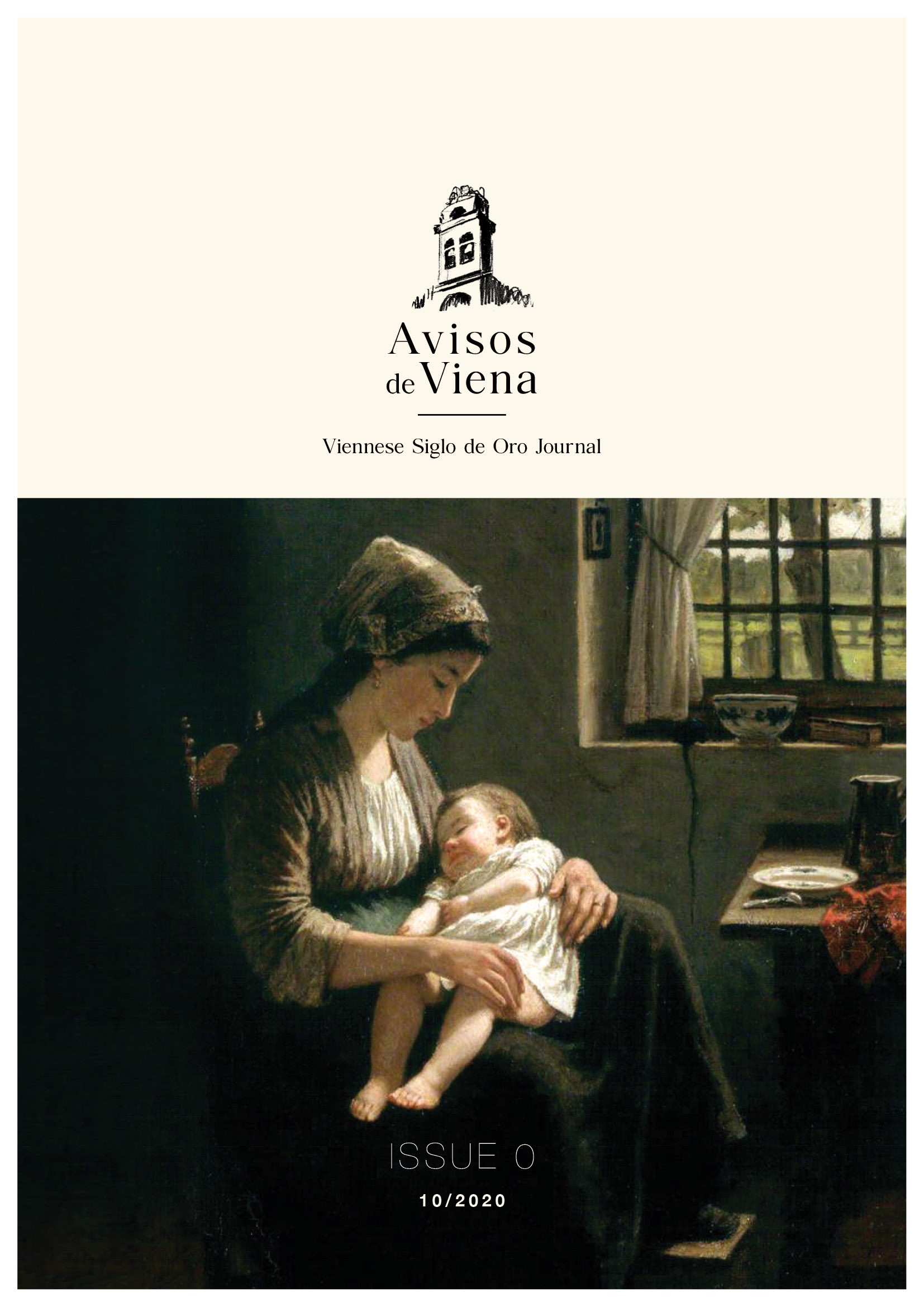
Avisos de Viena
Vol. 1 (2020)Avisos de Viena offers new perspectives on Spanish cultural history. Our team provides short articles which deal with the 16th and 17th century and might interest both academic readers and a wider public.
All our authors are connected to research on the playwright Calderón, sound and meaning in Baroque literature, pregnancy, childbirth and earliest infancy.
Avisos de Viena aims to quickly disseminate the findings emerging from these scholarly endeavours. The papers gathered for this pilot will give you an idea about current topics, sources and research questions.
We would be happy if they triggered lively debates!

